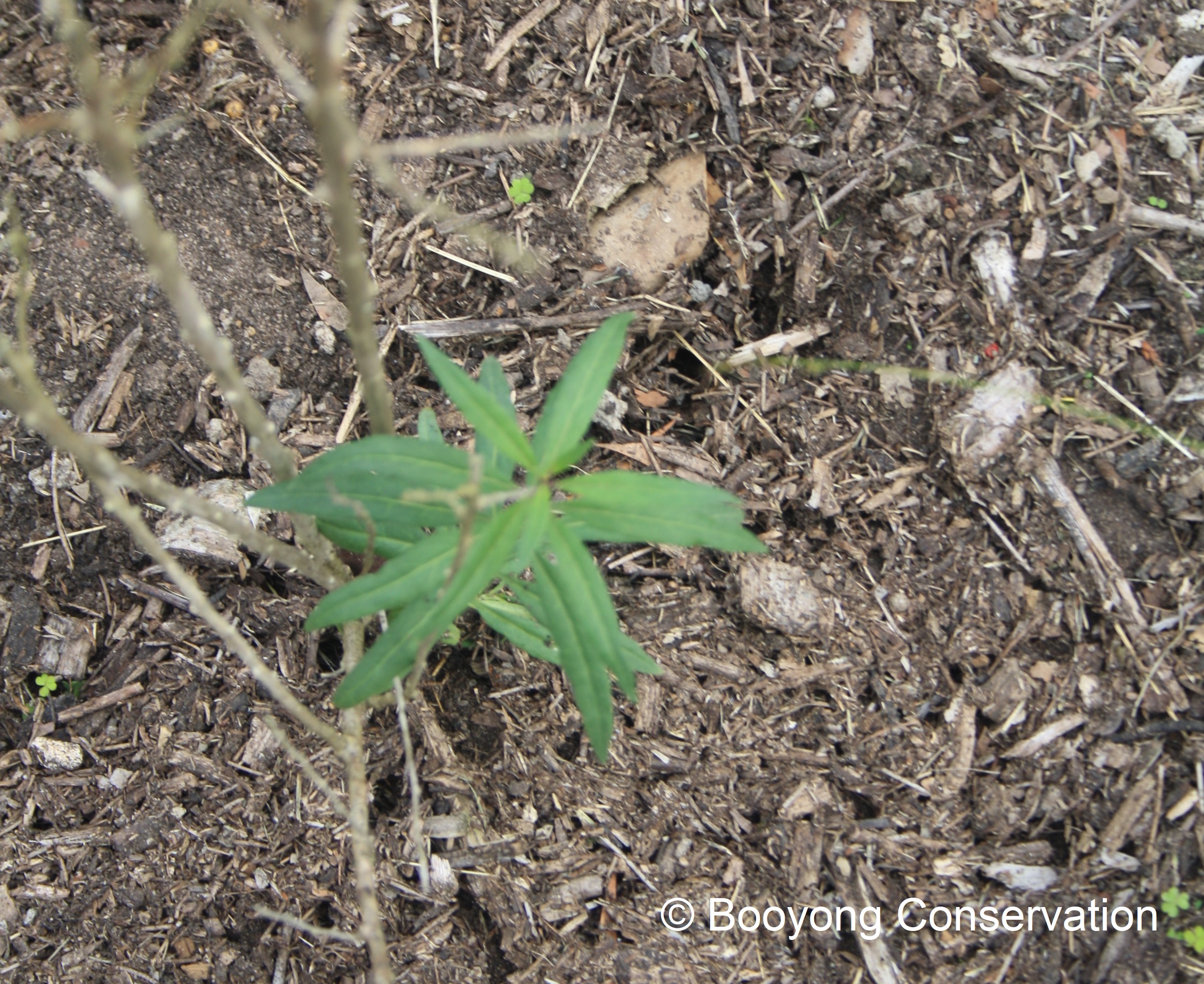We weren’t sure that this plant was going to be ok, it’s such a willowy shrub and its viability was uncertain but it’s hanging in there. It was a gift from a neighbour, and we are looking forward to seeing it flower in Spring and hopefully fruiting this Summer.
Growing – The goji berry (Lycium barbarum) is a deciduous shrub that prefers to grow in a sunny position, reaching 2.5m high and wide. The goji berry prefers soil with good drainage. Gojis are very hardy and don’t require fertiliser, but they like soil with a high pH of 6.5–8.
The plant has several growth flushes during the season and in between tends to rest with no active growth. It is also frost and drought tolerant, which is perfect for our temperate climate at Booyong.
There are two basic varieties that are maintained as producers of the berry: the vine (Lycium chinense) and a shrub variety (Lycium barbarum). The vine lasts up to 8 years and tolerates temperatures up to 40 degrees. It can also put out runners that can take over, so it’s not unusual to place them in pots to contain them. To be honest we are uncertain which one we have and will have to wait till it fruits to determine its kind.
Companion Plants – Unknown
Care – It should be pruned after fruiting to increase yield and retain its shape and density. When flowering we will be careful not to damage the delicate white/purple flowers.
Harvesting – Fruits are expected three years after planting (2021 for us).
Native Flora and Fauna – Birds and animals apparently enjoy the small orange berries, so when we get them, we will cover the plant with netting as we do with all our fruiting plants. Apparently, chickens like them too!
Health Benefits and Uses – The goji berry is widely known as being a “Super Fruit” packed with vitamins, antioxidants and amino acids. Both the leaves and berries can be eaten, although it’s best to leave the leaves until after Autumn. Berries can be eaten straight from the plant, dried or kept in the freezer – always a handy thing. Young leaves and tender stalks can also be eaten straight off the plant as highly nutritious salad greens, or can be cooked as any other green vegetable.
Propagation – When propagating, sow seeds 5mm (1/4in) deep, cover lightly with fine soil, firm gently and keep moist. Seedlings can be expected to appear in 14-28 days. Thin as necessary and plant out when large enough to handle.
We’ll share more information with you as we learn and grow.
